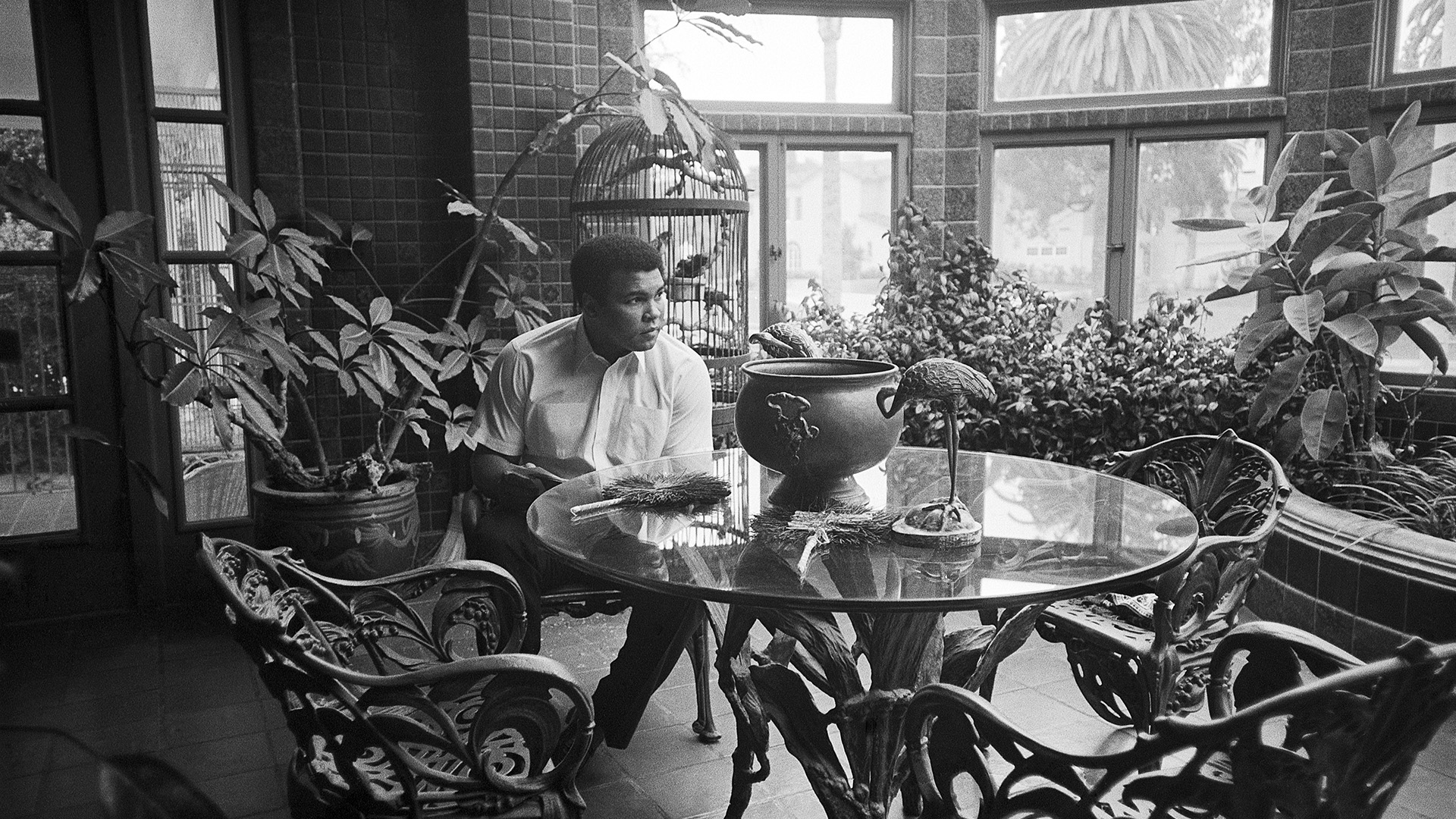Michael Brennan brings together a collection of portraits and stories of the men Muhammad Ali faced in the ring to create a fascinating portrait of the Greatest of All Time.

You’re getting blind.
Don’t miss the best of visual arts. Subscribe for $9 per month or $108 $90 per year.
Already suscribed ?



